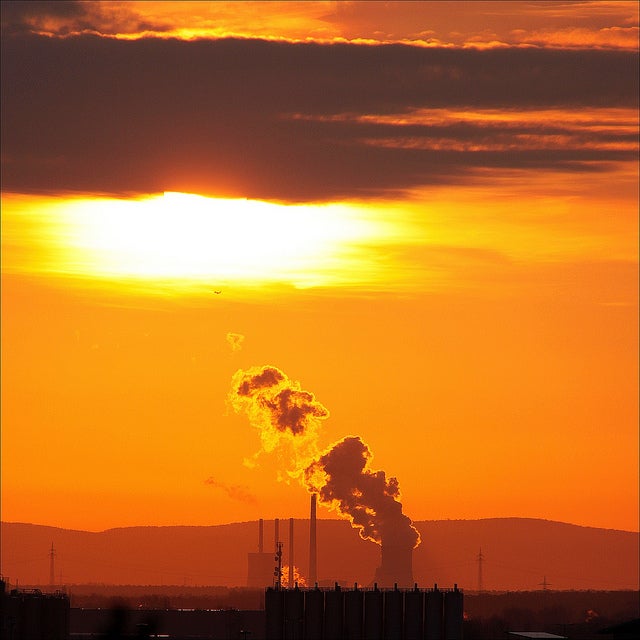A First Look at the Clean Power Plan: Protecting Public Health and Cutting Carbon Pollution

Earlier this week, our nation took a ground-breaking step by proposing to finally establish carbon pollution limits on existing power plants — the single largest source of climate-destabilizing pollution in the U.S. and one of the largest in the world.
We have national limits on the other air pollutants emitted by these plants, including mercury and arsenic and smog-forming pollutants — and we urgently need to secure strong limits on carbon pollution.
Here’s a first look at the proposed Clean Power Plan and its “building blocks” — the opportunity for state leadership, the profound public health benefits for our communities and families, and the good news about cost savings for customers.
The Proposed Pollution Reductions
The Clean Power Plan would reduce carbon pollution from existing fossil fuel-fired power plants by approximately 30 percent by 2030, and could curb emissions by as much as 27 percent by 2020.
EPA looked at the existing power plants in each state, and evaluated four time-tested, cost-effective emission reduction pathways:
- The potential to improve power plant efficiency
- The potential to rely more on lower-emitting power plants such as combined cycle natural gas and less on higher-emitting power plants
- The potential to deploy zero emitting generation resources like wind and solar
- The potential to capture end-use energy efficiency opportunities.
EPA then added up these four “building blocks” to calculate the reduction that a State could achieve on average in its overall emission rate over 2020-2029 (the “interim” target), and what rate could be achieved in 2030:
State | 2012 Emission Rate | 2020-2029 Interim Goal (lbs/MWh) | 2030 State Goal (lbs/MWh) | Percent change from 2012 rate |
State Flexibility & Innovation
Under the Clean Power Plan, states will control their own future.
States have the flexibility to deploy the emission reduction policies and pathways that make the most sense for them, maximizing cost-effectiveness and co-benefits for their citizens, so long as they achieved the required emission reductions.
Some states might choose to build their compliance plans around existing Renewable Energy Standards and energy efficiency programs. Others might choose to put in place an emission reduction trading program between power plants. Still others might choose to collaborate with other states to submit joint plans and capture the cost-effective emission reduction opportunities available across state boundaries.
Public Health Benefits
The public health benefits of the Clean Power Plan are extensive and will help ensure healthier and longer for our loved ones who suffer from heart and lung ailments, and for our children.
EPA’s analysis shows that the reductions in carbon pollution and the associated reductions in sulfur dioxide, oxides of nitrogen, and particulate matter that will happen as a result will generate health benefits of $55 to $93 billion per year in 2030.
The pollutants that contribute to the soot and smog that make people sick will be reduced by more than 25 percent in 2030 — avoiding 2,700 to 6,600 premature deaths and 140,000 to 150,000 asthma attacks per year.
From the soot and smog reductions alone — ignoring the important reductions in carbon pollution achieved — Americans will see 7 dollars in health benefits for every dollar invested through the Clean Power Plan.
Cleaner power will ensure healthier and longer lives for millions of Americans.
Electricity Rates & Reliability
EPA’s analysis also shows that there will be sufficient power generation capacity across the United States under this framework to meet demand.
The flexibility provided to States will allow them to design plans to secure reductions in carbon pollution without any risk to power reliability. As has been true for the past 40 years, we will reduce air pollution and maintain reliable power.
Because the Clean Power Plan will spur investments in demand-side energy efficiency, in 2030 electricity bills are expected to be 8 percent lower than they would have been without the plan.
Under the Clean Power Plan we will have cleaner, safer power, lower electricity bills, cleaner air, and healthier lives.
Cleaner power for a stronger America.












